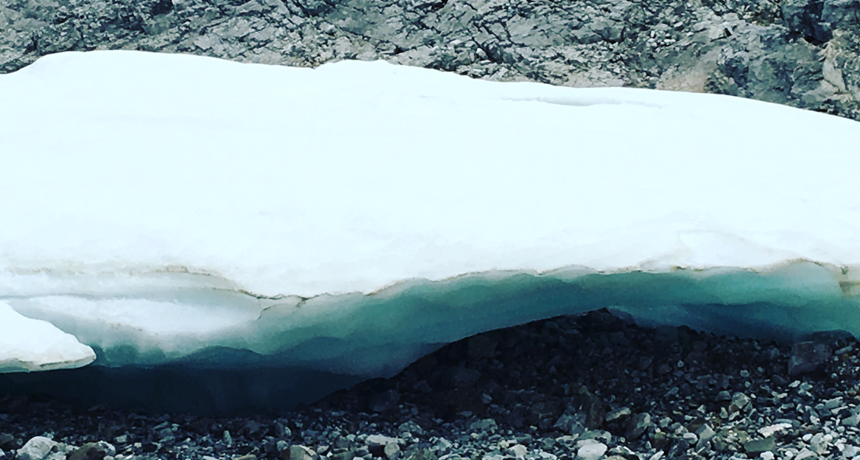Scientists Say: Aufeis
This is what forms when water hits seriously cold air

This chunk of aufeis on the North Slope of Alaska was part of a huge wall that formed over the winter. By August, when this photo was taken, the largest chunk left was still about one meter (one yard) tall.
B. Brookshire/SSP







